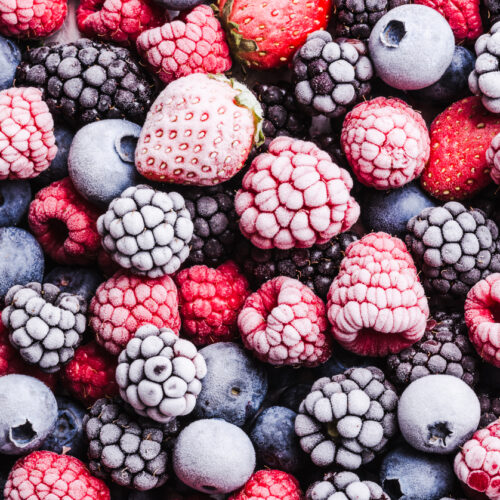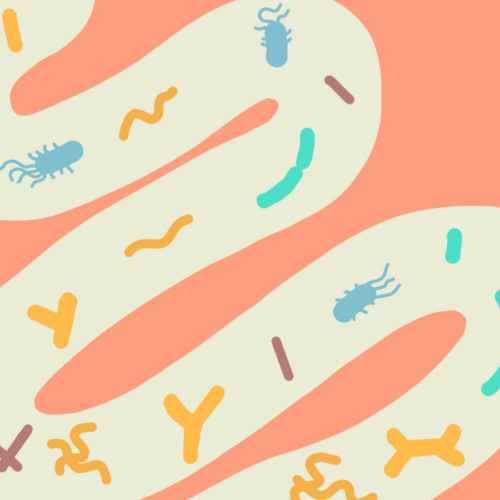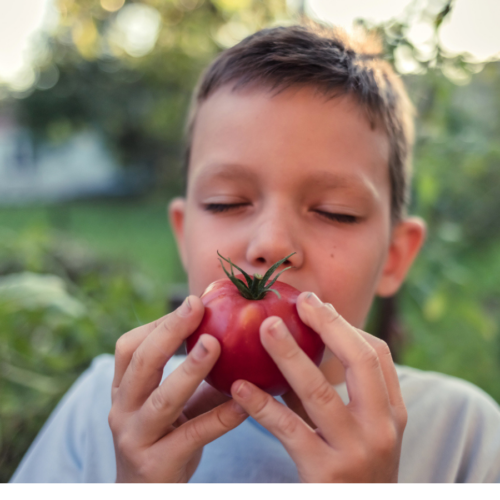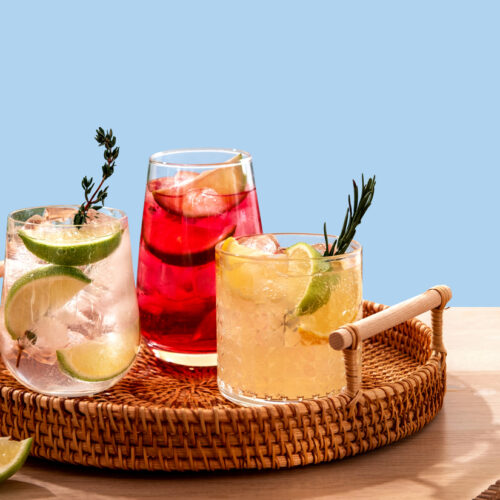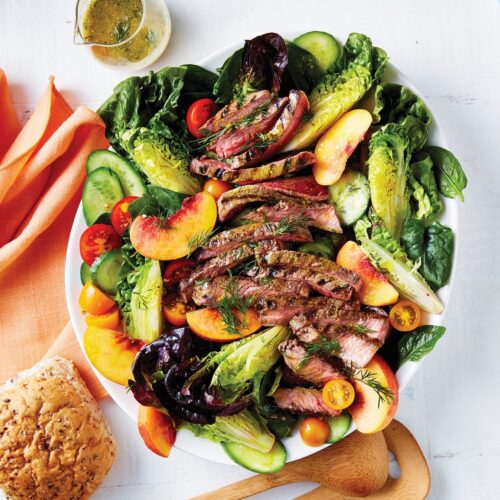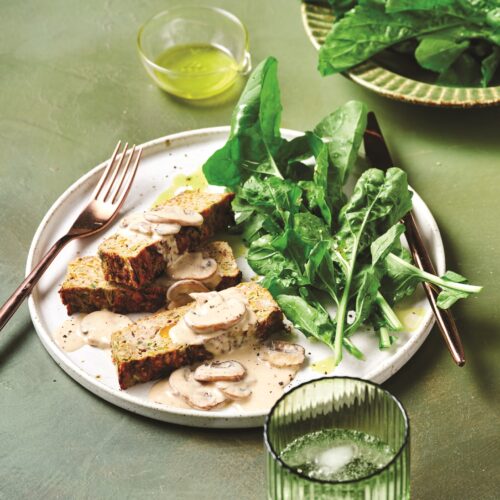
Q: "Is blackstrap molasses the only molasses available in New Zealand? If a recipe calls for molasses, is there a way to tell which kind is called for based on other clues from the recipe?"
MaryA: Nutritionist Bronwen King responds:
"From my research, blackstrap molasses is certainly the most prominent molasses in New Zealand, if not the only one. There are different varieties however, which explains the reason it is listed differently in recipes, particularly those coming from the US.
Molasses is made from the juice of sugar cane and is a by-product of sugar production. Sugar cane juice is boiled and concentrated which promotes the crystallization of sugar. The results of first boiling and removal of sugar crystals is first molasses (also called "light" or "mild" molasses) which has the highest sugar content of all molasses (because a lot of sugar is still in the syrup). Second molasses (or dark molasses) is produced from a second boiling and extraction of sugar crystals. This is less sweet and has a darker colour than first molasses. Blackstrap molasses is the product of a third boiling; it has less sugar, a slightly bitter flavour and a very dark colour. It also contains significant amounts of vitamins and minerals, particularly calcium, magnesium, potassium and iron so it is more nutritious than mild or dark molasses.
Molasses may also be "sulphured" or "unsulphured" depending on whether sulphur dioxide has been used in the sugar extraction process.
Since blackstrap molasses is the main form available here, New Zealand recipes calling for molasses will be referring to blackstrap molasses. For recipes specifying first or second molasses I suggest the following: use golden syrup in any recipe that calls for mild (first) molasses and treacle instead of dark (second) molasses. Remember, blackstrap molasses will give a strong flavour to food so is best used in strongly flavoured goods such as gingerbread, rye breads and home made baked beans. If you want a milder flavour, use treacle or golden syrup in the same quantities as suggested for molasses."
www.healthyfood.com


